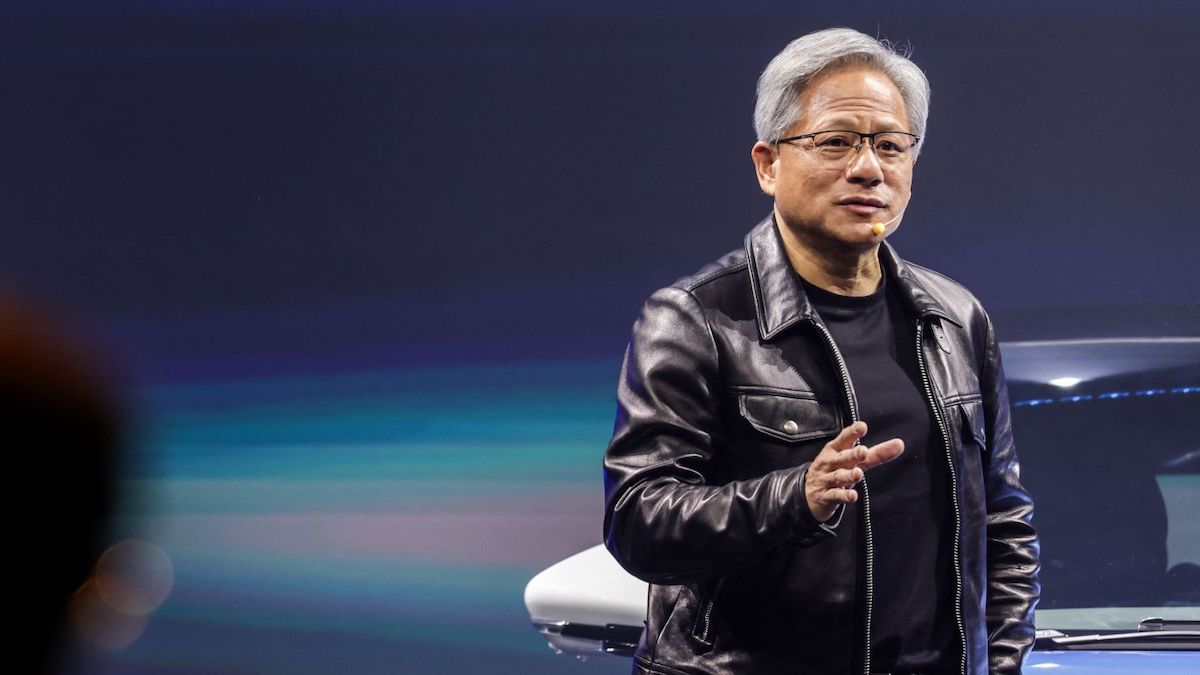Chips are the key economic and military enablers of the industrial world. South Korean President Yoon Suk Yeol recently described chip technology leadership as paramount to a country’s economic survival (Wall Street Journal, June 5, 2024). The impact on military matters is overwhelming. As David Goldman and I wrote in the the Wall Street Journal on December 23, 2018: “Silicon, not Steel, will win the Next War.”
In that spirit, hundreds of billions of dollars are being allocated from national funds to develop the industry in countries including China, Taiwan, Japan, South Korea and the US. In the US, the CHIPS Act allocated $50 billion to support manufacturing investments. These large amounts committed must be viewed in the context of the cost of a state-of-the-art, full-scale factory – between $20 billion and $30 billion. And such plants become obsolete in a few years. Staying at the cutting edge of chip manufacturing technology is a major national undertaking.
As the original developer of the industry, the US is facing major new competition. The first priority in the US should be to maintain leadership in innovative product design because that leadership impacts economic growth and the US still leads the world in this regard.
While the industry developed in the US, much of the manufacturing and packaging of chips has moved overseas. However, the key to the value creation process – sophisticated high-end product innovation – remains largely in the US. Well over 50% of the leading-edge chips are designed in the US and marketed and supported by US-based corporations. This is the case because of the large design technology base in the US, consisting of many companies focused on design, a large academic community of designers, continued support from DARPA and other federal agencies, and the continuing availability of venture capital funding for new innovative design companies.
With active programs of acquisitions, young companies with promising products are acquired by larger companies providing the resources to expand rapidly. Hence, US-designed high-performance chips continue to lead the world industry the Americans’ diversity and ability to rapidly move concepts into major commercial products.
The recent history of Nvidia is a great example of how innovative chip design moved a new US chip design company into becoming one of the three most valuable companies in the world (at about three trillion dollars) on the basis of its unique AI-enabling technology. The new technological concept behind AI is the use of “neural networks” (massive parallel data processing) computing chips that mimic the way the human brain manages data. The idea was well known in scientific circles for many years but applying it to real problems was uneconomical because it required a very large amount of chip processing capacity.
Following Moore’s Law, as economic chip densities increased over time, the value of the technology was demonstrated by researchers in image analysis. Early applications were in computer game devices used in video games. But the breakthrough to big applications in AI came when the CEO of Nvidia, Jensen Huang, saw the AI applications of the Nvidia products and decided the company’s future by concentrating all of its efforts on AI applications while exiting other applications. Today, the company has an effective monopoly in processing chips for AI with soaring global sales that exceed a run rate of $100 billion annually.
A key underlying factor drove this success. Not US government directives but the creative work of thousands of talented technologists working in teams to realize new concepts into valuable products. This underlying success factor must be supported and encouraged to continue to maintain essential leadership in the chip technology world.
Henry Kressel Ph.D is a technologist with many pioneering contributions in electronic devices, an author, an ustrial executive and a long-term private equity investor.


